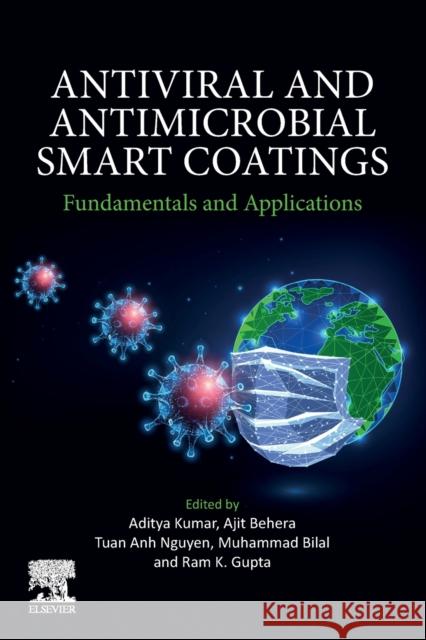Antiviral and Antimicrobial Smart Coatings: Fundamentals and Applications » książka
topmenu
Antiviral and Antimicrobial Smart Coatings: Fundamentals and Applications
ISBN-13: 9780323992916 / Angielski / Miękka / 2023 / 700 str.
Kategorie:
Kategorie BISAC:
Wydawca:
Elsevier - Health Sciences Division
Język:
Angielski
ISBN-13:
9780323992916
Rok wydania:
2023
Ilość stron:
700
Wymiary:
22.9 x 15.2
Oprawa:
Miękka
Dodatkowe informacje:
Bibliografia
Wydanie ilustrowane
Wydanie ilustrowane











